Welcome to the fascinating world of iguana ownership! These prehistoric-looking reptiles, with their calm demeanor and striking appearance, make captivating pets for the dedicated enthusiast.
However, iguanas are not low-maintenance companions; they require specialized care, significant space, and a long-term commitment that can span two decades or more.
This comprehensive guide will walk you through everything you need to know about providing optimal care for your pet iguana, from creating the perfect habitat to understanding their unique dietary and health needs.
Whether you’re a first-time iguana owner or looking to improve your reptile husbandry skills, this resource will help ensure your scaly friend thrives in your care.
Understanding Iguana Basics
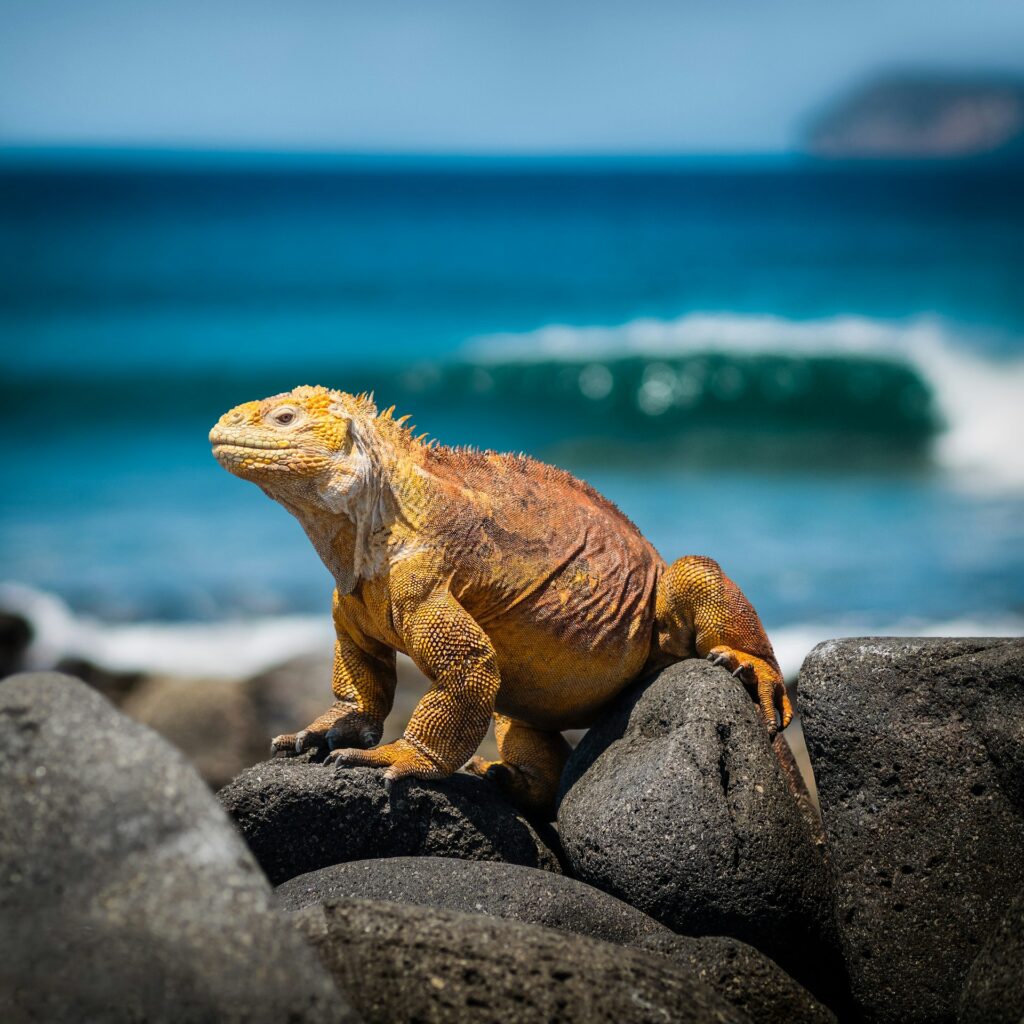
Green iguanas (Iguana iguana) are large arboreal lizards native to Central and South America, where they inhabit tropical rainforests. In captivity, they can grow up to 6 feet long and live for 15-20 years with proper care, making them a significant long-term commitment.
These diurnal reptiles are naturally herbivorous, requiring a carefully balanced plant-based diet to remain healthy. Understanding their natural behavior is crucial: wild iguanas spend their days basking in sunlight, climbing trees, and foraging for vegetation.
While juveniles may appear small and manageable, prospective owners should be prepared for an adult iguana that requires substantial space and specialized care as they mature.
Setting Up the Perfect Habitat
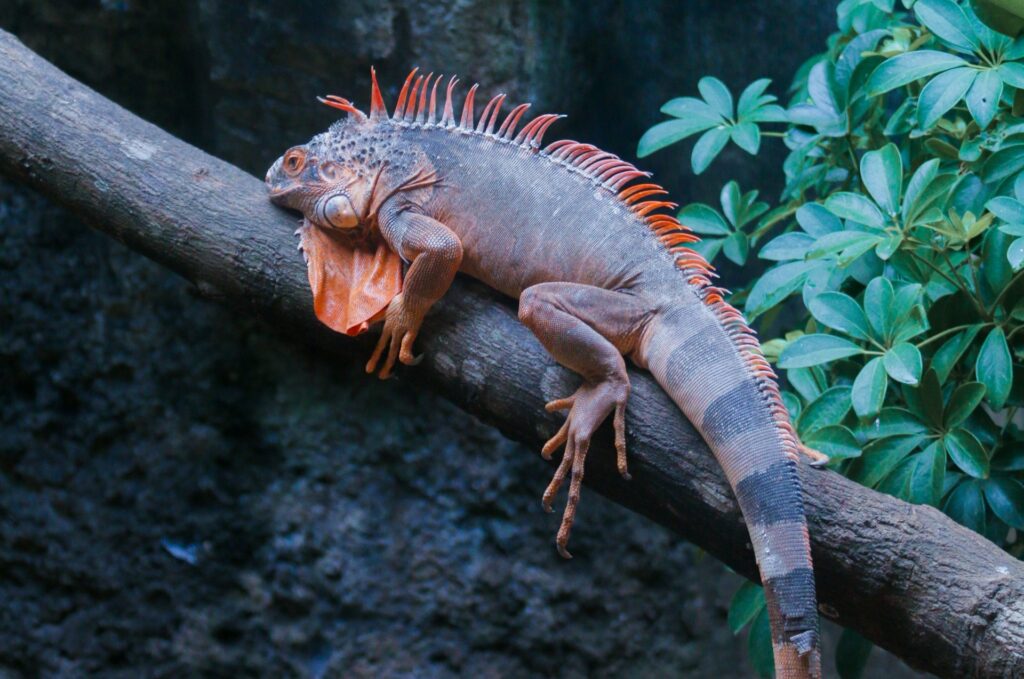
Iguanas require spacious enclosures that accommodate their adult size, with a minimum recommendation of 6 feet tall, 6 feet long, and 3 feet wide for a single adult.
The habitat should feature multiple sturdy branches and platforms at various heights to satisfy their arboreal nature and provide climbing opportunities. Substrate options include newspaper, reptile carpet, or ceramic tile, all of which are easily cleaned and won’t cause impaction if accidentally ingested.
The enclosure must maintain appropriate temperature gradients: a basking spot of 95-100°F (35-38°C), ambient temperatures of 80-85°F (27-29°C), and nighttime temperatures no lower than 75°F (24°C).
Many iguana owners convert entire rooms, custom-build large enclosures, or modify tall furniture pieces to create suitable living spaces for these large reptiles.
Essential Lighting Requirements
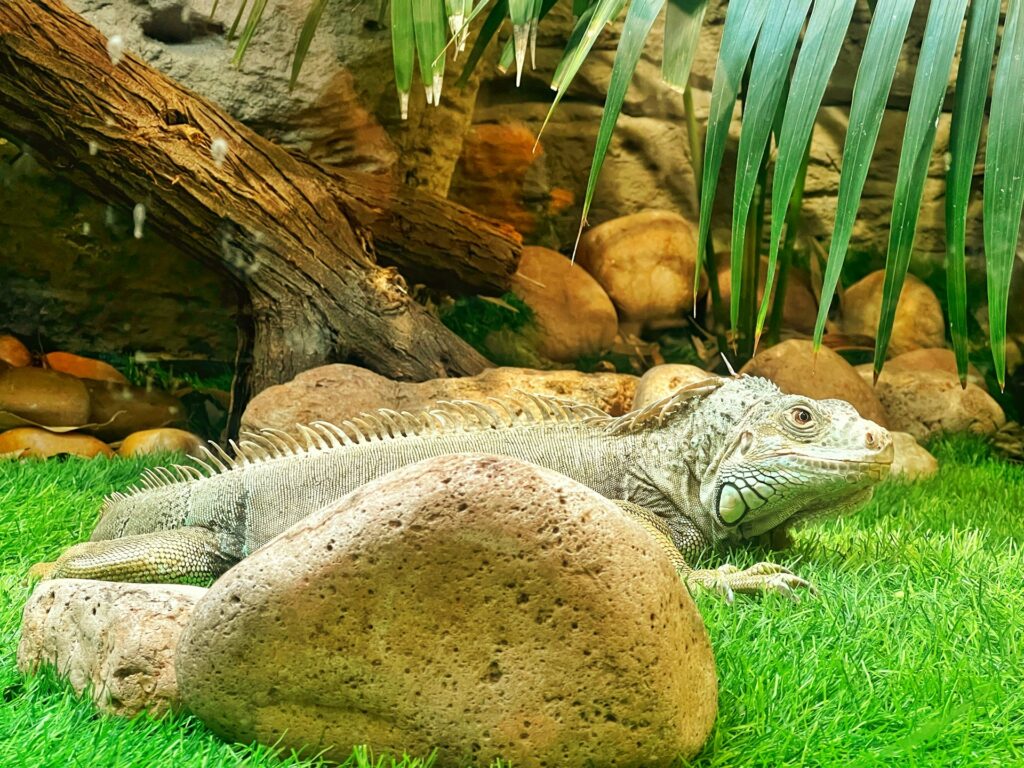
Proper lighting is non-negotiable for iguana health, as these reptiles require both UVA and UVB radiation to synthesize vitamin D3 and properly metabolize calcium.
Install a high-quality reptile UVB bulb that covers at least two-thirds of the enclosure length and replace it every 6-12 months, even if it still illuminates, as the UV output diminishes over time.
Position the UVB light within the manufacturer’s recommended distance (typically 10-12 inches) from the basking area to ensure effective UV exposure.
Maintain a consistent 12-hour day/night cycle to support natural behavioral rhythms, using timers to automate lighting schedules.
While natural sunlight is optimal, it must be provided through an open window without UV-filtering glass, and outdoor excursions should only occur in secure, supervised settings with shade available.
Nutrition: The Herbivore Diet

Iguanas are strict herbivores requiring a diverse plant-based diet consisting primarily of dark, leafy greens such as collard greens, mustard greens, and dandelion, which should make up about 80% of their food intake.
Supplement these staples with colorful vegetables like bell peppers, squash, and carrots, along with occasional fruits (no more than 10-15% of the diet) like berries, mangoes, and figs.
Carefully balance the calcium-to-phosphorus ratio in their diet, aiming for foods with more calcium than phosphorus, and dust their food with a reptile calcium supplement according to veterinary recommendations.
Avoid feeding iguanas animal protein (including commercial dog or cat food), avocados, rhubarb, onions, and high-oxalate greens like spinach, which can cause serious health problems.
Provide fresh food daily in a shallow dish, removing uneaten portions after a few hours to prevent bacterial growth.
Hydration and Humidity Needs

Maintaining proper humidity is essential for iguana health, with ideal levels between 70-80% to prevent respiratory infections and support proper shedding.
Install a reliable hygrometer to monitor humidity levels and employ methods such as regular misting, automatic misting systems, or large water features to maintain appropriate moisture.
Provide a large, shallow water bowl that your iguana can soak in, as many prefer to drink while soaking and will also use it to regulate their body temperature and humidity.
Daily misting not only helps with humidity but also provides drinking opportunities for iguanas who prefer to lap water droplets from surfaces.
During shedding periods, increase humidity through more frequent misting or by providing a humidity box filled with damp sphagnum moss to facilitate the shedding process.
Handling and Socialization Techniques
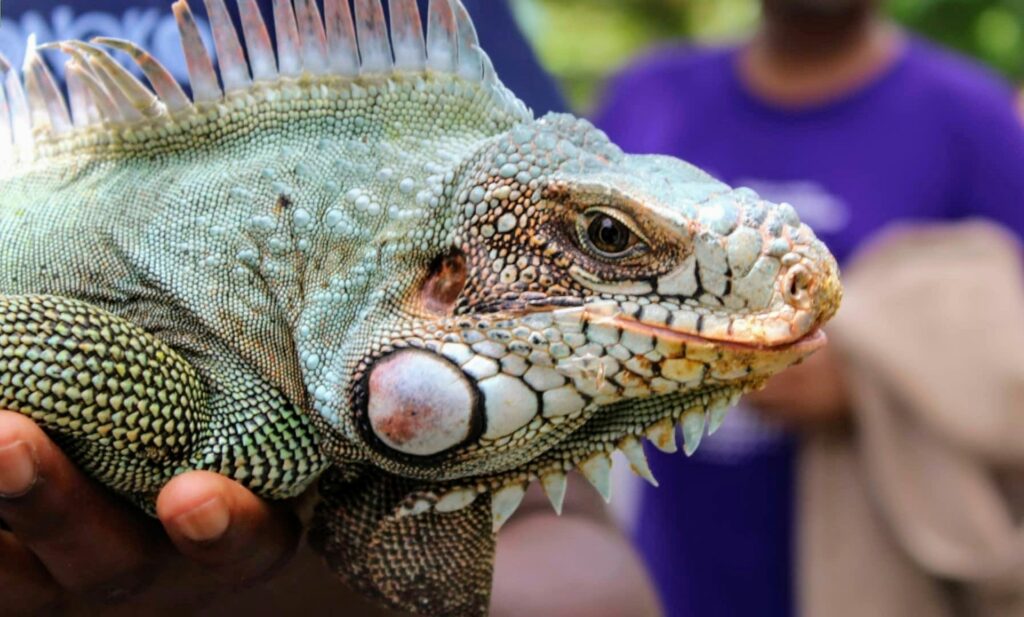
Successful iguana handling begins with patience and consistency, as these reptiles require gentle acclimatization to human interaction. Start by simply being present near the enclosure, then gradually progress to offering food by hand before attempting direct handling sessions.
Always support your iguana’s full body when lifting, with one hand under the chest and the other supporting the base of the tail, never grabbing by the tail alone as this can cause injury.
Schedule short, regular handling sessions to build trust, working up from a few minutes to longer periods as your iguana becomes more comfortable.
Be aware of warning signs of stress such as tail whipping, head bobbing, or dewlap extension, which indicate you should return your iguana to its enclosure.
With consistent positive interactions, many iguanas can become surprisingly docile and may even enjoy sitting on their owner’s shoulders or lap.
Common Health Issues and Prevention
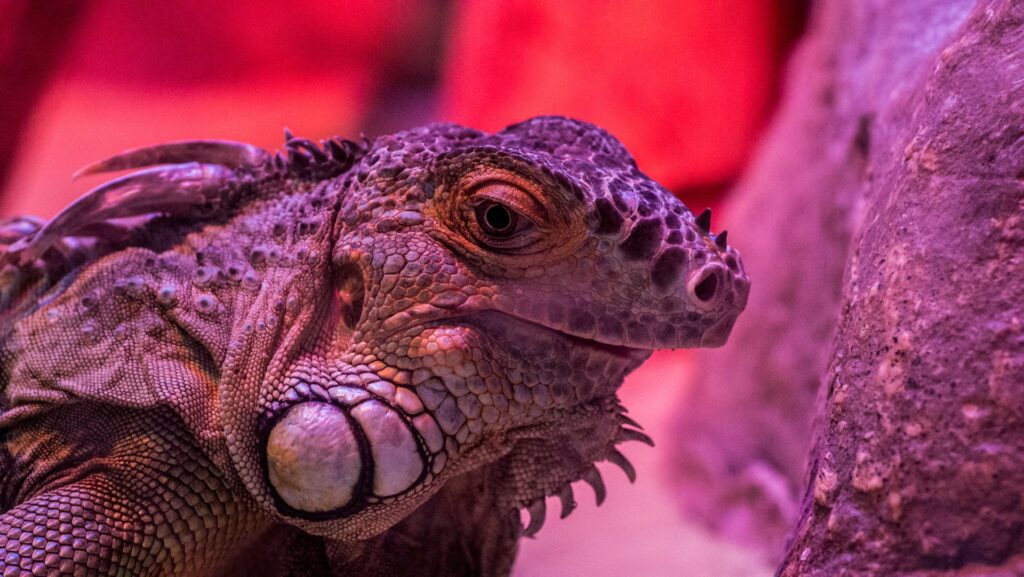
Metabolic bone disease (MBD) is the most common serious health issue in captive iguanas, resulting from calcium deficiency and inadequate UVB exposure, manifesting as soft or deformed bones, tremors, and weakness.
Respiratory infections often develop when humidity and temperature requirements aren’t met, with symptoms including wheezing, discharge from the nose or mouth, and labored breathing.
Parasitic infections may occur, particularly in newly acquired iguanas, necessitating regular fecal examinations by a reptile veterinarian.
Proper husbandry is the best preventative measure, including appropriate diet, lighting, temperature, and humidity maintenance.
Establish a relationship with an exotic pet veterinarian who specializes in reptiles, and schedule annual check-ups to catch potential health issues before they become severe.
Shedding: What to Expect and How to Help

Iguanas shed their skin periodically throughout their lives, with younger individuals shedding more frequently (every 4-6 weeks) than adults (every few months).
During pre-shed, your iguana’s skin will become dull and grayish, and they may become less active or have a reduced appetite.
Provide extra humidity through more frequent misting or a humidity box with damp moss to facilitate the shedding process.
Never attempt to pull or peel stuck shed, as this can damage the underlying skin; instead, offer warm soaks (85°F/29°C water for 15-20 minutes) to soften stubborn patches.
Pay particular attention to digits, spikes, and the tail tip, as retained shed in these areas can restrict blood flow and potentially lead to tissue death.
If shedding problems persist despite increased humidity and soaking, consult your reptile veterinarian for professional assistance.
Environmental Enrichment and Exercise
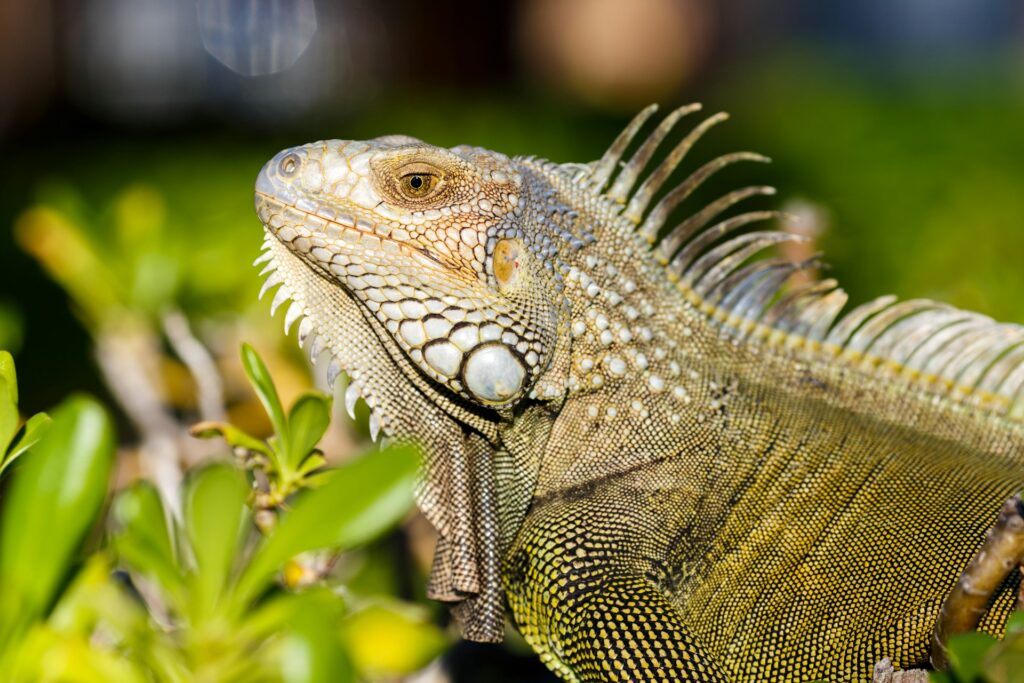
Stimulating your iguana’s natural behaviors is crucial for their psychological well-being, requiring an environment that offers physical and mental engagement.
Create multiple climbing opportunities with branches, ropes, hammocks, and platforms at various heights to encourage exploration and natural arboreal behavior.
When temperatures permit, supervised outdoor time in a secure enclosure provides beneficial natural sunlight and environmental stimulation.
Some iguanas enjoy water features large enough for swimming, which provides exercise and helps with hydration and humidity.
Interactive feeding methods, such as hiding food throughout the enclosure or using feeding puzzles designed for reptiles, can stimulate foraging behaviors.
For particularly tame iguanas, supervised free-roaming time in a reptile-proofed room allows for exercise and environmental enrichment beyond their enclosure.
Recognizing and Managing Iguana Behavior
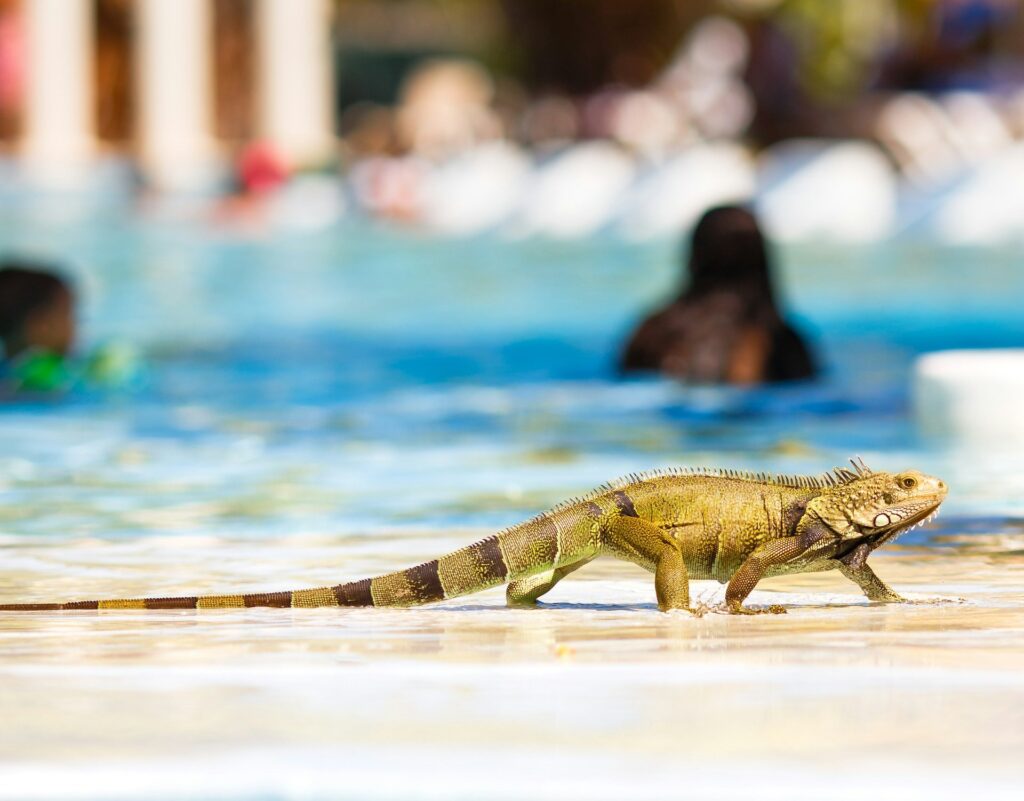
Understanding iguana body language is essential for successful ownership, as these reptiles communicate primarily through physical displays.
Head bobbing is a dominance behavior that can indicate territoriality, mating interest, or agitation, while a fully extended dewlap (the flap of skin under the chin) typically signals aggression or territorial display.
Tail whipping is a defensive warning that should be respected by giving your iguana space. During breeding season, male iguanas often become more aggressive and territorial, sometimes requiring temporary handling restrictions.
Establish yourself as non-threatening by avoiding bright colors during handling (iguanas may perceive these as challenging displays from other iguanas) and by approaching from the side rather than looming over them from above.
Most aggressive behaviors are rooted in fear or territorial instincts rather than inherent aggression, and can be mitigated through consistent, gentle handling and respect for the iguana’s boundaries.
Breeding Considerations and Responsibilities
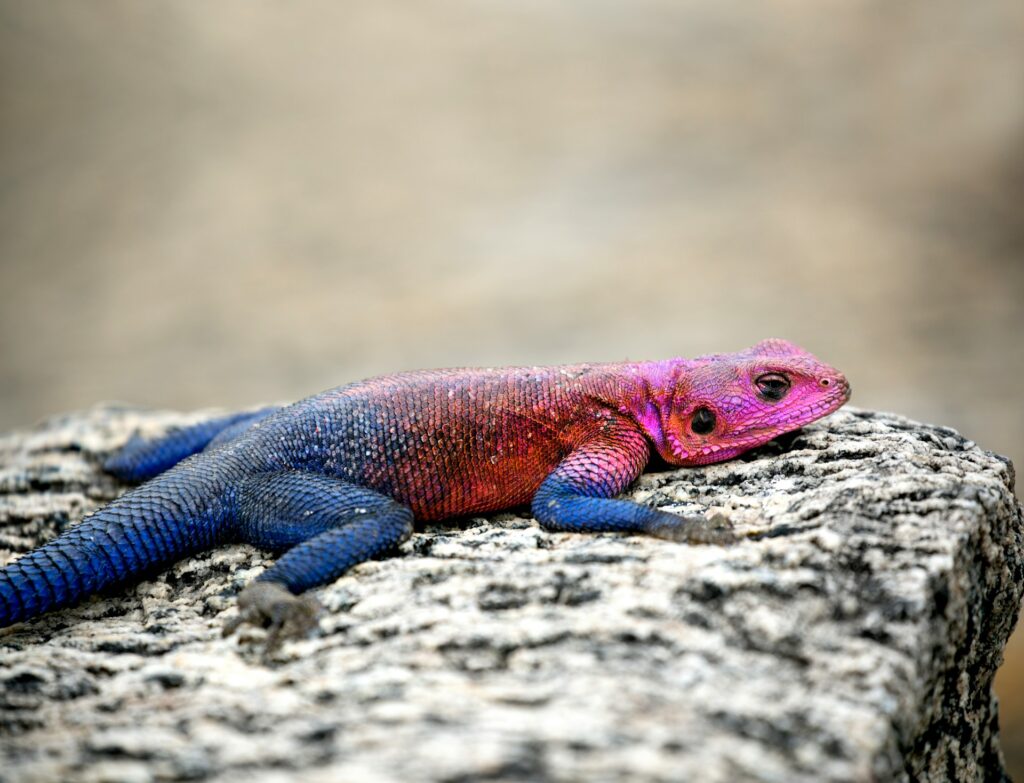
Breeding iguanas should only be attempted by experienced keepers with appropriate resources, as it comes with significant ethical and practical responsibilities.
Female iguanas can develop egg-binding (dystocia), a potentially fatal condition requiring immediate veterinary intervention, making breeding particularly risky for them.
If breeding does occur, females require specialized nesting areas with deep substrate for egg-laying, and the resulting offspring need appropriate homes lined up in advance, as pet iguanas are already overpopulated in many regions.
In most home settings, keeping opposite-sex iguanas together is not recommended unless breeding is specifically intended, with separate enclosures being the safest approach for casual owners.
For those not intending to breed, consider spaying females to prevent reproductive health issues and egg-laying behaviors that can occur even without male presence.
Legal Considerations and Ethical Ownership
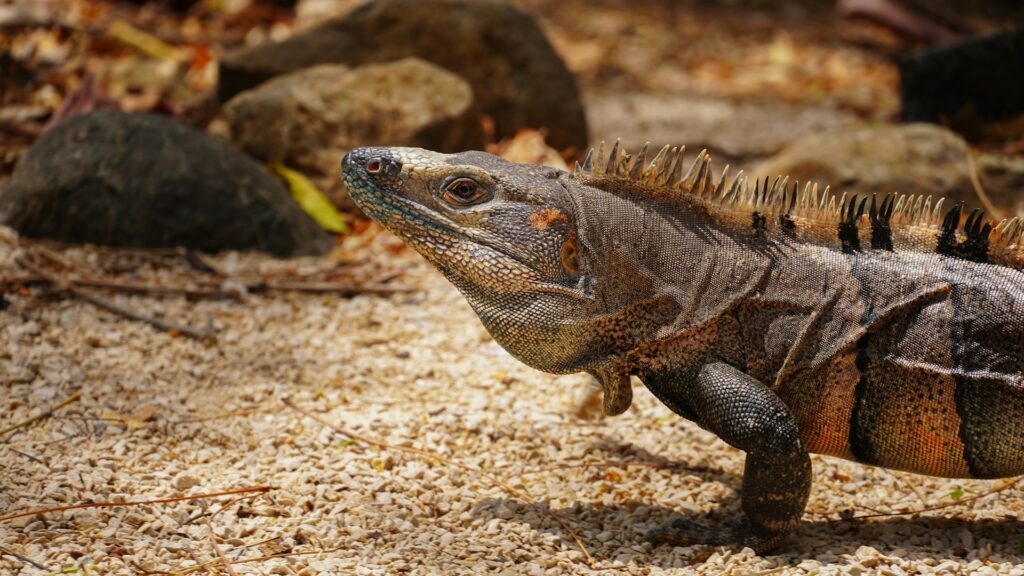
Before acquiring an iguana, research local laws and regulations, as some states, counties, and municipalities have restrictions or outright bans on keeping large reptiles as pets.
Consider the ethical implications of iguana ownership, including the species’ significant space requirements and the commitment to decades of specialized care.
Source your iguana responsibly from reputable breeders or rescue organizations rather than supporting operations that may contribute to wild population depletion.
Prepare for emergencies with savings or exotic pet insurance to cover potentially expensive veterinary treatments, as proper medical care for iguanas can be costly.
Have a contingency plan for your iguana’s care in case of personal emergencies, including detailed care instructions and designated caretakers who are familiar with reptile husbandry, to ensure your pet’s welfare under all circumstances.
Creating a Long-term Care Strategy
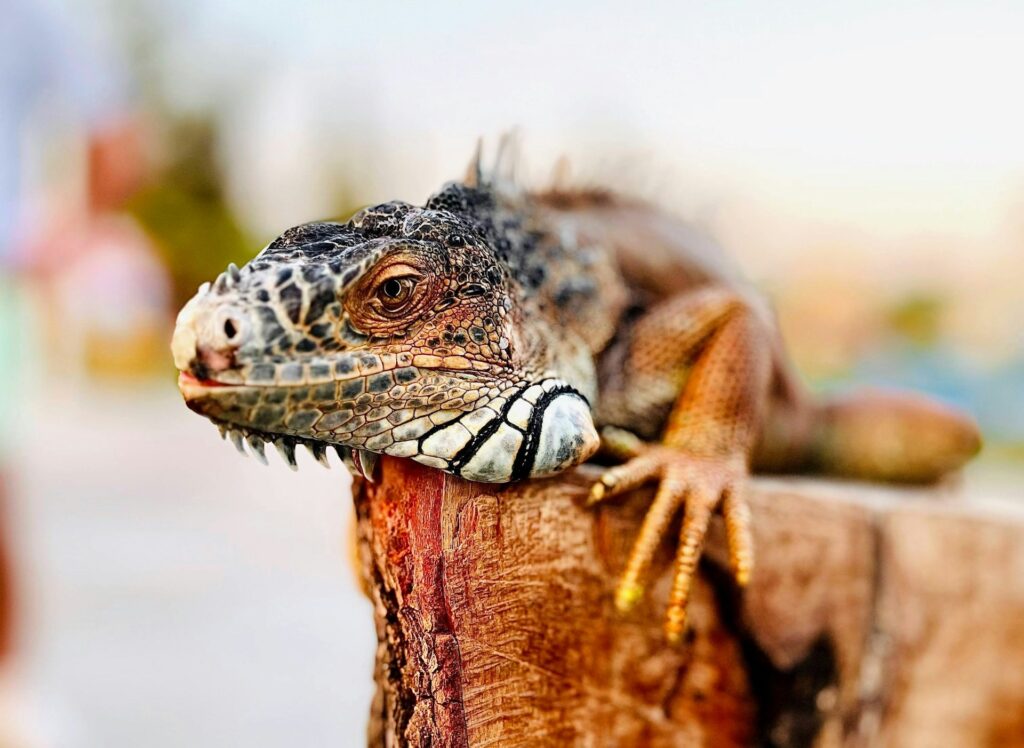
Developing a comprehensive care strategy is essential for providing consistent, high-quality care throughout your iguana’s long lifespan.
Create a maintenance schedule that includes daily tasks (feeding, spot cleaning, misting), weekly responsibilities (thorough enclosure cleaning, health checks), and monthly or quarterly duties (UVB bulb checks, deeper habitat maintenance).
Document your iguana’s behaviors, feeding patterns, weight, and shedding cycles to establish baselines that help identify potential health issues early.
Allocate funds specifically for ongoing iguana care, including annual veterinary check-ups, habitat improvements, and emergency medical expenses.
As your knowledge grows, periodically reassess and upgrade your husbandry practices based on the latest research in reptile care, connecting with reputable iguana communities online for support and information sharing.
With proper planning and dedicated care, your iguana can thrive as a fascinating companion for many years.
Conclusion
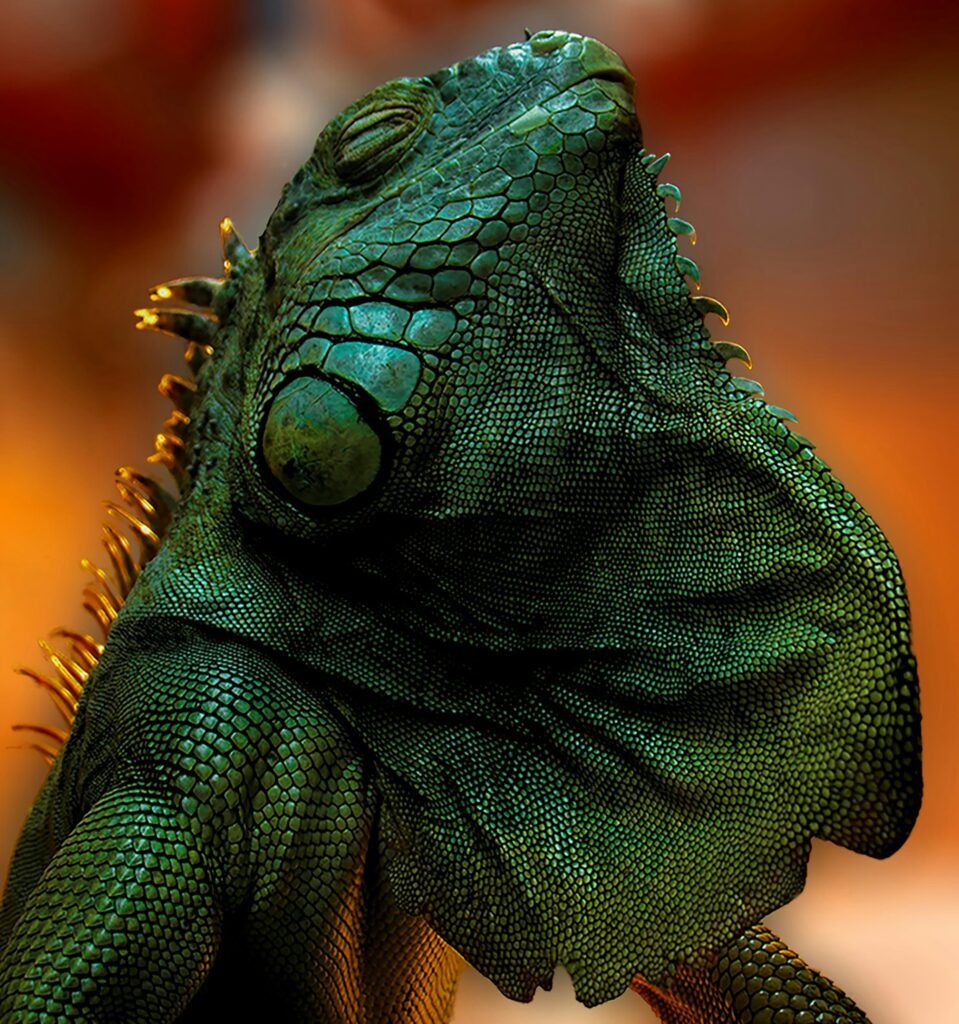
Caring for an iguana is a rewarding journey that requires dedication, knowledge, and a genuine commitment to understanding these remarkable reptiles.
While the responsibilities may seem daunting—from creating complex habitats with precise environmental parameters to preparing varied herbivorous diets—the relationship that develops with a well-cared-for iguana can be uniquely satisfying.
Remember that each iguana has its own personality and may require individualized approaches to care and handling.
By providing the proper physical environment, nutrition, veterinary care, and social interaction, you’re not just keeping an exotic pet—you’re honoring the needs of a complex living being that depends entirely on your stewardship.
Whether you’re just beginning your iguana adventure or refining your care routine for a long-term reptilian companion, the effort invested will be reflected in your iguana’s health, behavior, and overall quality of life.




